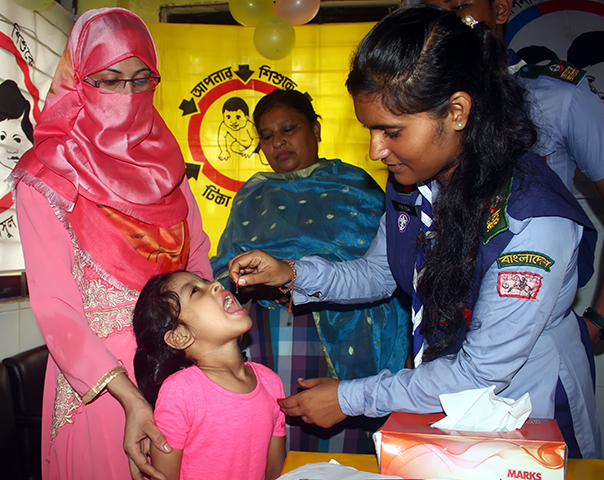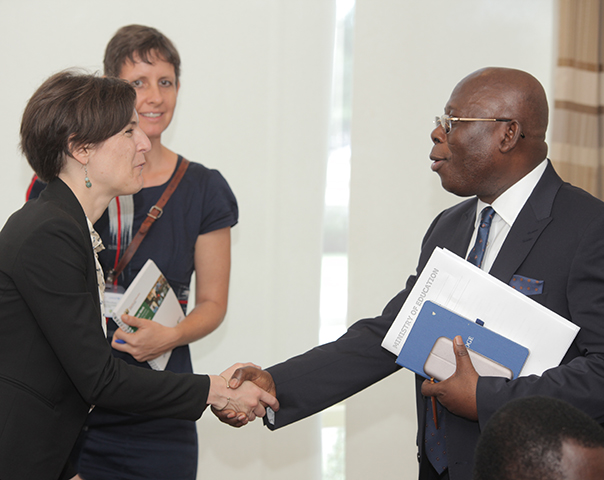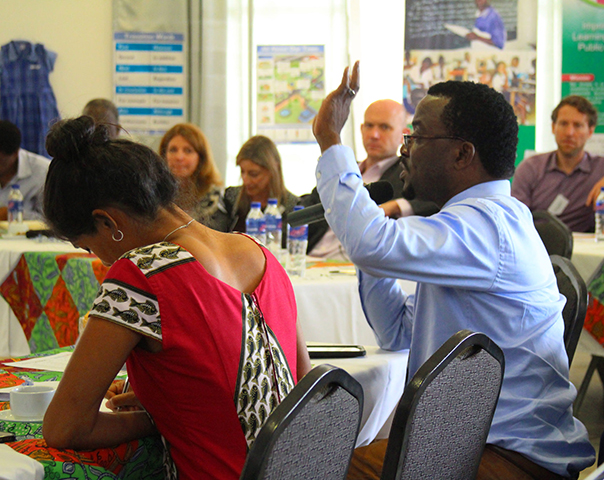Research recap Part 2: in preparation for next week's Microfinance Impact & Innovation Conference
As we prepare for our upcoming Microfinance Impact and Innovation Conference that will take place on October 21-23 in New York City, we are looking back to the last time we drew together in one place so many of our best minds in microfinance. In October 2008, IPA and FAI co-hosted a microfinance conference at Yale University. Below, a blog post from that conference by Laura Starita, managing editor of Philanthropy Action:
We're live-blogging the Innovations for Poverty Action/Financial Access Initiative Microfinance Conference 2008.
As the current global credit crisis illustrates in part, it is very difficult for lenders to determine what makes an individual, much less a small business, a good risk.
In this afternoon's first session, Asim Khwaja of Harvard broke down the appealing attributes of potential entrepreneurial lendees according to two criteria: the first is whether the person has a good idea that can be realistically commercialized and the second is whether they are honest, i.e. highly likely to repay.
Khwaja asks these questions in the interest of enabling more lending that expands beyond the true micro-level. In effect, he wants to know what microfinance institutions can do for entrepreneurial clients who have “grown up” with the organization and taken a series of loans and are now at the point where they have “grown out” of the loan size the MFI is typically willing to give. These entrepreneurs are breaking into the small to mid-sized business space, but they still face the same issues that poorer clients face, which is that their needs are still not big enough to be interesting to a full-scale bank, and they have no collateral with which to secure a loan.
Though he is still in the early stages of codifying these dynamics, Khwaja is exploring the potential for psychometric screening tools which can help MFIs identify high potential individuals which share these the desired traits of entrepreneurial ideas and honesty. These tools are similar to the types of tests that HR departments or labor placement organizations might give to potential employees in order to identify likely skills and potential.
Mattieu Chemin of the University of Montreal also looks at which micro-enterprises should get funding and why, but through a very different vehicle. He evaluated a micro-entrepreneurship promotion project initiated by Green Power, a hydro-electrification initiative in Kenya. Green Power teamed up with MyC4, a Danish microfinance aggregator, to present close to 3000 entrepreneurial projects on the MyC4 site, and solicit bids from “private investors” willing to finance any given project. The investors were Western individuals, and in addition to bidding a certain amount of money on a project, they also bid an desired interest rate for repayment of the loan. Chemin’s study showed that the “quality” of the entrepreneurial project, as determined by the researchers, had no impact on whether the study received funds or not. Factors that investors cared more about were the social impact of the project and whether the business was run by a woman. This suggests that these kinds of investors seem to be throwing risk issues out the window, since they can’t realistically measure it, and instead are trading risk for impact.
Collectively, this work serves to point out some huge gaps in knowledge both among individual investors and financial institutions around who should be given money to run a business and what the most important criteria for those businesses should be.
Click here to register for the 2010 Microfinance Impact and Innovation Conference.












